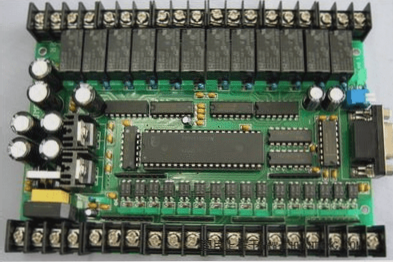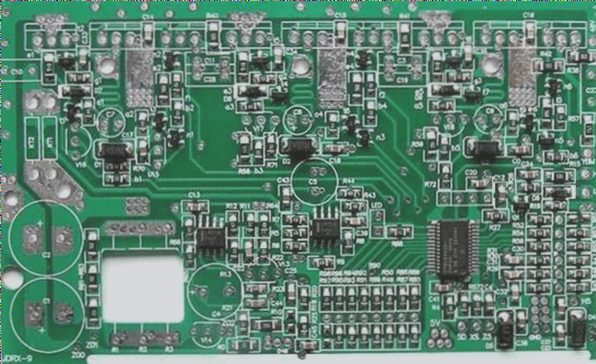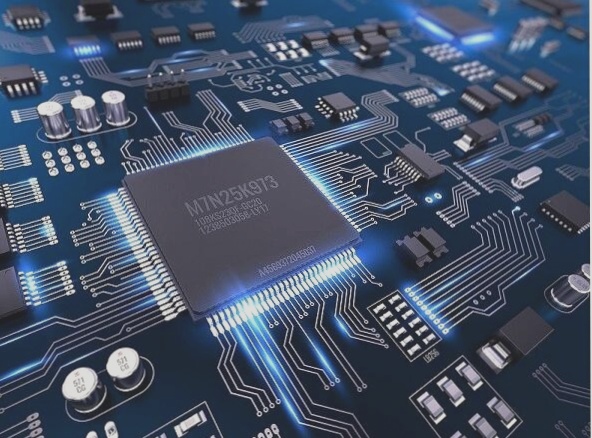Surface Mount Technology (SMT) in PCB Fabrication
SMT, as the main component and key technology of electrical interconnection, has become the cornerstone of modern electronic products. Over the past 20 years, SMT has evolved into the primary technique for PCB circuit component-level interconnection, with application rates exceeding 75% in developed countries.
What is Surface Mount Technology (SMT) and Placement Machines?
SMT is a board-level electronic assembly process that involves mounting surface mount components (SMD) onto a PCB. This technology is widely used in advanced electronic products, especially in computers and communication devices.
Advantages of Surface Mount Technology (SMT)
- Automation for enhanced production efficiency.
- High assembly density, small size, and light weight of electronic products.
- High reliability with secure connections and reduced parasitic capacitance and inductance.
- Excellent high-frequency characteristics with minimized interference.
- Cost reduction through increased PCB wiring density and lower manufacturing costs.

Basic Process Flow of SMT
The basic SMT process includes printing (solder paste application), inspection, component placement, soldering, further inspection, maintenance, and board splitting. Essential equipment for an SMT production line includes a printer/dispenser, a placement machine, and a reflow oven/wave soldering machine.
Advanced SMT Production Line Recommendations
When it comes to mainframe and medium-sized machine manufacturers, Dipeng Classic suggests a well-structured SMT production line with specialized placement machines. Typically, this includes a high-speed placement machine for chip components and a high-precision placement machine for IC components. Such a setup ensures that each machine plays its designated role, thereby enhancing the overall production efficiency.
However, the landscape is evolving with the emergence of multi-function placement machines offered by companies like Dipeng. These versatile machines have the capability to handle all component placements at accelerated speeds, thereby reducing investment costs. This shift towards using a single machine for the entire SMT production line is gaining popularity among small and medium-sized enterprises as well as research institutions.
Focus on Placement Machine Development
The evolution of placement machines stands as a pivotal aspect in the electronics manufacturing sector. The continuous advancements in electronic technology necessitate higher performance from placement equipment, consequently propelling the growth of electronic assembly and technology.
Let’s delve into a concise overview of the fundamental components of a placement machine.
Essential Components of a Placement Machine
- Frame
- Circuit board clamping mechanism
- Feeder
- Placement head
- Suction nozzle
- X, Y, and Z axes
The Z axis enables movement in the Z direction and rotation in the θ direction, allowing for adjustments in the rotation angle of components concerning the pads. At its core, an automatic placement machine represents the simplest model, facilitating high-speed and high-precision automatic component placement. It stands as the cornerstone of equipment in an SMT production line.



